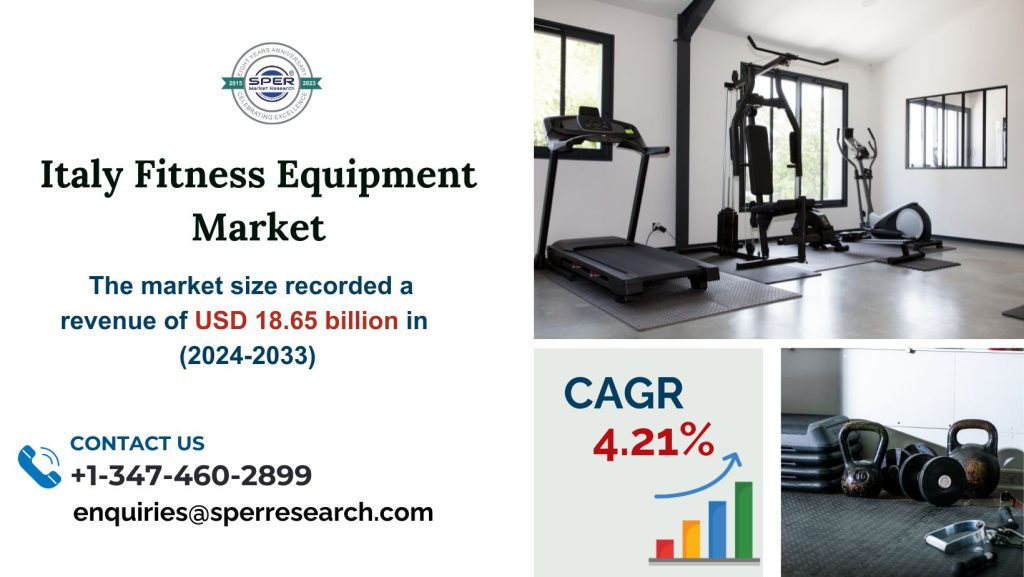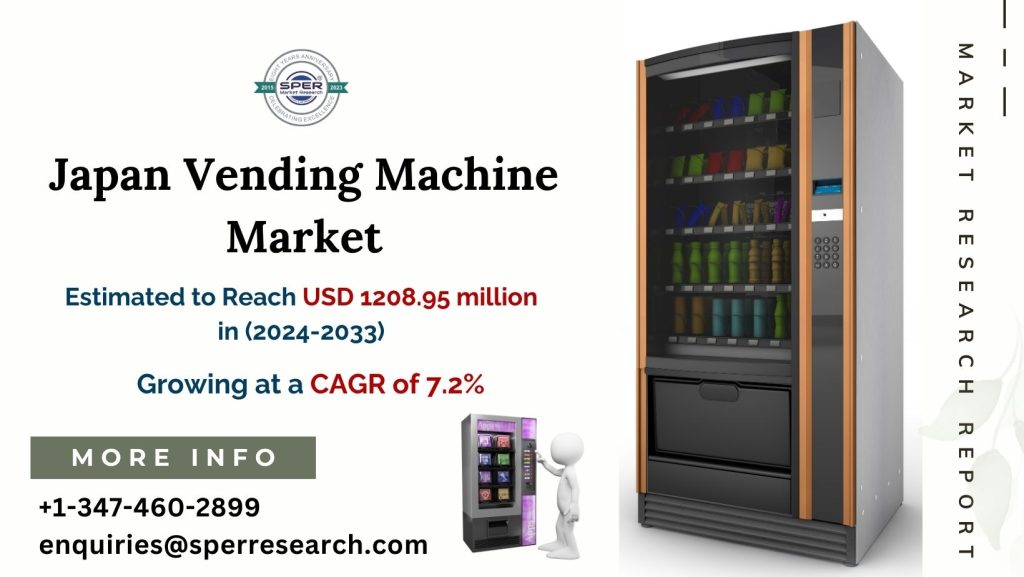Fire safety equipment market comprises fire alarms, heat detectors, flame detectors, and smoke detectors. These technologies play a critical role in early fire detection and occupant alertness. Fire Safety Equipment is a term used to describe a range of specialized tools and equipment that are used to prevent, detect, put out, and mitigate the hazards caused by fires. , the market for fire safety equipment is large and includes a variety of goods that are intended to prevent, identify, and lessen the risk of fire. Fire suppression systems, such as sprinklers and fire extinguishers, smoke detectors, personal protective equipment, such as helmets, and flame-resistant clothes, and other safety gear are included in this market. The demand for cutting-edge fire safety solutions is driven by the need to protect people and property from fire hazards.
According to SPER Market Research, USA Fire Safety Equipment Market Size- By Solution, By Product Type, By Technology, By Application- Regional Outlook, Competitive Strategies and Segment Forecast to 2033, states that the U.S. Fire Safety Equipment Market is estimated to reach USD 23.45 billion by 2033 with a CAGR of 3.71%.
The USA has a substantial market opportunity due to the growing use of smart technologies in fire safety equipment. Innovative fire detection algorithms, IoT-enabled devices, and remote monitoring systems work together to create more effective and efficient fire protection solutions. These technologies improve the overall performance and dependability of fire protection equipment in USA by enabling real-time monitoring, prompt reaction, and predictive maintenance. As businesses look for more sophisticated and networked systems to improve their fire prevention and protection protocols, there will likely be an increase in demand for smart fire safety solutions. The expansion of the residential, commercial, and industrial sectors of the construction industry is a major factor in the growth of the market. Fire safety standards for new construction necessitate the use of fire extinguishers, sprinklers, alarms, and fire-resistant materials.
Request For Free Sample Report @ https://www.sperresearch.com/report-store/us-fire-safety-equipment-market.aspx?sample=1
Customers’ price sensitivity is one of the main issues facing the fire safety equipment market in the United States. The cost of fire protection equipment can be high, particularly for small enterprises or homes with tight budgets. Some potential consumers may be turned off by the comprehensive fire safety systems’ upfront costs, which include installation and maintenance. Additionally, firms may find it difficult to preserve profit margins while keeping competitive pricing due to price competition among suppliers and manufacturers in the market. For market participants in the US fire safety equipment sector, overcoming price sensitivity and striking a balance between affordability and quality continue to be difficult tasks. It can be difficult for manufacturers and enterprises to stay on top of the ever-changing fire safety laws and standards.
Impact of COVID-19 on U.S. Fire Safety Equipment Market
The U.S. market for fire safety equipment was significantly impacted by the COVID-19 outbreak. Due to limitations on manufacturing, transportation, and international trade, global supply chains were upset, delaying production and distribution. A slowdown in the building industry resulted in a decrease in the demand for fire safety equipment since many projects were postponed or delayed. There was a decrease in demand for fire safety equipment as a result of firms operating at reduced capacity or temporarily closing, which also caused routine maintenance and retrofitting projects to be postponed or cancelled. These elements had a detrimental impact on the market and brought attention to the difficulties the industry experienced throughout the pandemic.
U.S. Fire Safety Equipment Market Key Players:
The largest market share for US Fire Safety Equipment Market is held by New York due to often have stringent building codes and fire safety requirements. Some key players in this Market are – Eaton Corp. Inc., Gentex Corp., Halma PLC, Hochiki Corp., Honeywell International Inc.
For More Information, refer to below link:-
United States Fire Safety Equipment Market Analysis
Related Reports:
Follow Us –
LinkedIn | Instagram | Facebook | Twitter
Contact Us:
Sara Lopes, Business Consultant – U.S.A.
SPER Market Research
+1-347-460-2899









